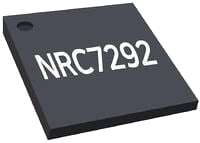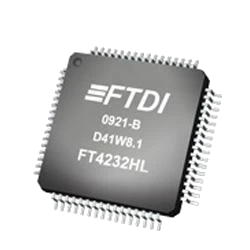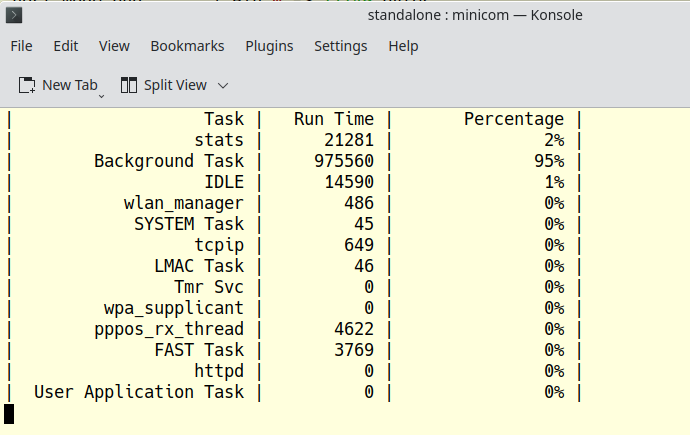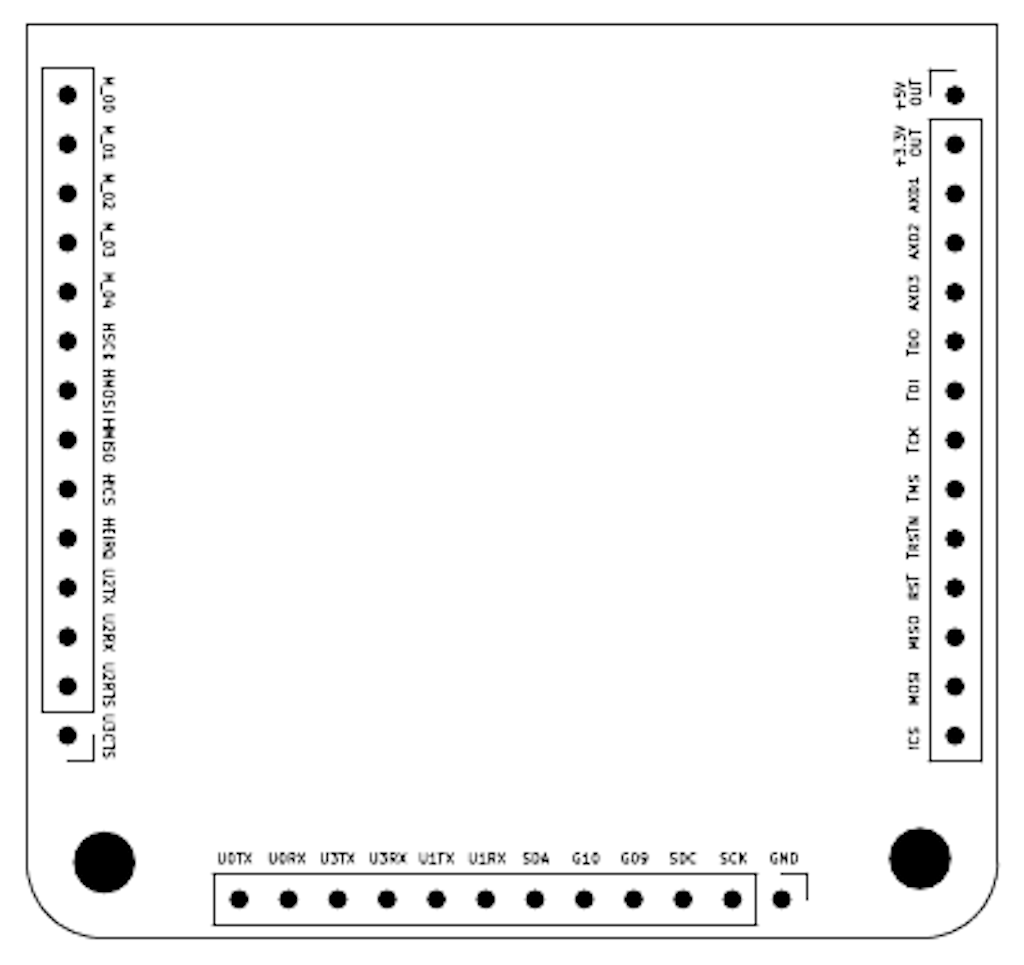TD-XPAH Hardware Design
Newracom nrc7292 Chip

The TD-XPAH is designed around the Newracom nrc7292 chip. This chip contains two embedded ARM Cortex-m series micro-controllers as well as peripheral connection interfaces and I/O pins. The nrc7292 contains a full implementation of the IEEE 802.11ah specifications and supports the various frequencies for 802.11ah in different world regions and countries.
The TD-XPAH is currently limited to the 902 - 928 MHz frequency band and supports 802.11ah in the United States, Canada, Australia, New Zealand, Japan and South Korea.
The nrc7292 has the following features & I/O:
- 700 - 950 MHz frequencies
- ARM Cortex-m0 & m3 MCU's
- 752 KB RAM
- 2 MB flash
- 4x I2C interface
- 2x SPI interface
- 4x UART serial ports
- 8x PWM
- 6x high precision timers
- 4x 9-bit ADC's
- 32x GPIO pins
- 3x watchdog timers
The nrc7292 multiplexes I/O. This means that certain pins are able to support multiple interfaces or I/O features. The behavior of these pins is determined at boot time by the standalone mode firmware.
FTDI FT4232 USB Chip

The TD-XPAH is designed to run completely over a USB-C connection. This is accomplished via the FTDI ft4232h USB translation chip. The FTDI chip translates select nrc7292 interfaces & I/O and streams them over a USB connection. This greatly simplifies interfacing and development as no special cables or hardware connections are needed other than a USB cable.
TD-XPAH USB SPI & UART

The TD-XPAH connects the nrc7292 SPI interface and three UART serial ports to the USB bus through the ft4232h chip.

When the nrc7292 is set to host mode it loads on-board firmware over the SPI interface to enable communication with a Linux host system. The firmware uses the standard 4-pin SPI interface as well as an additional GPIO for handshaking. These pins are referred to as host SPI or HSPI in Newracom documentation.
- HMOSI
- HMISO
- HSCK
- HCE
- HIRQ

When the nrc7292 is set to standalone mode it boots an on-board operating system from flash memory. Although standalone mode does not need communication with external systems or interfaces it is useful to use UART serial ports for debugging and I/O.
The Newracom standalone mode SDK is based on the Espressif ESP SDK, which itself builds upon FreeRTOS. Much of the Newracom SDK is open source, though major functionality is contained in a closed source binary only library. The closed source binary includes all Wi-Fi functionality as well as direct access to the hardware interface & I/O.
The TD-XPAH hardware connects three UART serial ports to the FTDI USB chip that can be used during standalone mode development and testing. These are the nrc7292 UART0, UART2, and UART3. UART3 is used as the default SDK debug console and has a simple command line interface. UART3 is also used for firmware download via the Newracom Firmware Flash tool.
UART0 and UART2 are free for other uses. The Teledatics GUI implements a PPP connection over UART2 that can be used to communicate via TCP/IP over the USB cable.
pppd -detach noauth local nocrtscts modem /dev/ttyUSB2 192.168.200.3:192.168.200.4 115200
The Teledatics GUI uses UART0 to graph running threads and CPU loading. Both of these UART ports can be re-tasked for other purposes if desired.

Daughterboard Pinout
TD-XPAH accessory 'hAT' add-on boards are designed using a Kicad 6.x template that makes the nrc7292 chip interfaces available via the daughterboard pins.

Available pins:
- +5V
- +3.3V
- Ground
- Reset
- JTAG
- Mode pins
- I2C
- HSPI
- SPI
- GPIO
- UART
- ADC
- PWM